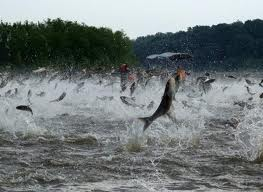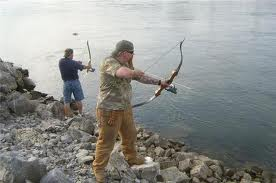Dealing with Rising Fuel Costs
 Gas prices are expected to peak at over $4 a gallon in 2011. As many American families are feeling the pinch of the recession higher fuel costs are negatively impacting travel. In the past you may have trailered your boat to the back of your SUV or pick-up and traveled 60-80 miles for a boating trip. Now, that same one or two day fishing trip can cost as much as $120 in gas.
Gas prices are expected to peak at over $4 a gallon in 2011. As many American families are feeling the pinch of the recession higher fuel costs are negatively impacting travel. In the past you may have trailered your boat to the back of your SUV or pick-up and traveled 60-80 miles for a boating trip. Now, that same one or two day fishing trip can cost as much as $120 in gas.
High fuel costs don’t mean you have to give up fishing trips until the economy turns around. Try local fishing and boating stops, or shorten the length of time you spend on each outing. Also make sure your engine is running properly with Yamalube 2w oil. An efficient engine equals higher fuel efficiency, which means less money coming out of your pocket to pay for fuel.










